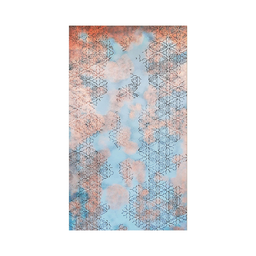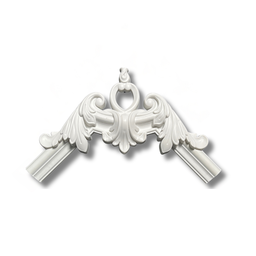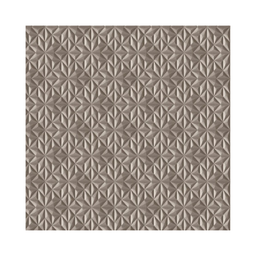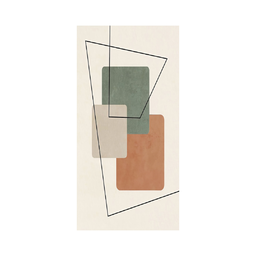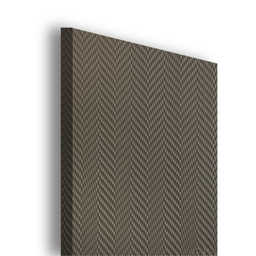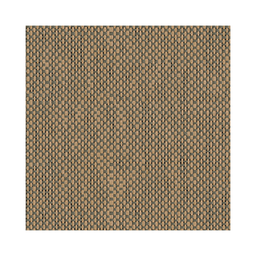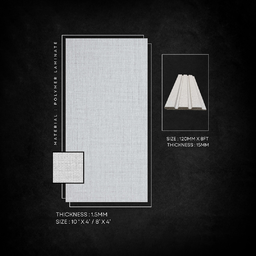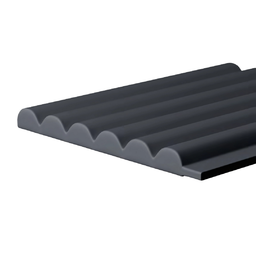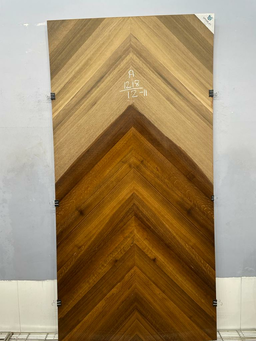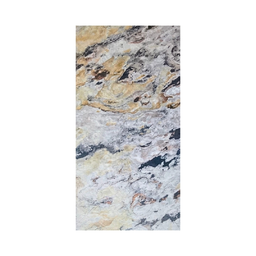In India's elite circles, there's an interesting trend emerging – a revival of classical home interior elements.
This trend seems to be sparked by the growing interest among Indian netizens in cultural elements. Part of it also has to do with realizing the functionality and beauty of these designs and the materials used.
The remix of old elements with modern architecture style, creates spaces that feel classy, cultured, and timeless. Dive in to know how you could incorporate Indian design elements within contemporary home interior styles.
“The symmetry and balance in Indian architecture symbolize the harmony between man and nature, creating spaces that are both functional and spiritual.” - Unknown
If one were to summarize the essence of Indian architecture and design, it would be perfectly described by the phrase “harmonious coexistence with nature”. Hinduism refers to PanchMahaBhuta as the basis of all cosmic creation. These Bhuta or Elements are Prithvi (Earth), Jal (Water), Agni (Fire), Vāyu (Air), Aakasha (Space).
Indian philosophy considers the human body to be made of these five elements. And Indian architecture and design try to incorporate these natural elements. Here’s our in-depth guide to exploring Indian design styles and including them within modern contemporary homes.
Intermixing Vastu Shastra within Modern Indian Homes

“Vastu design works on a philosophy of harmony and balance”
Vastu design, rooted in ancient Indian wisdom, embodies a philosophy of harmony and balance that extends beyond aesthetics. It emphasizes the holistic relationship between individuals and their surroundings. The integration of architectural elements is used to promote physical, emotional, and spiritual well-being. Rooms are positioned to optimize natural light and ventilation and to focus on openness and vitality. This thoughtful arrangement encourages a feeling of connection to the natural world.
Key areas within the home, such as the kitchen and bedroom, receive special attention in Vastu design – as they are considered crucial to the occupants' health and happiness. Vastu recommendations dictate the layout and orientation of these spaces, ensuring the flow of positive energy and vibrations throughout. For example, the kitchen, often regarded as the heart of the home, is positioned to receive ample sunlight and fresh air to create an inviting atmosphere for culinary activities and family gatherings. Similarly, the bedroom is designed to promote restful sleep and rejuvenation. Careful consideration is given to factors such as bed placement and room colour schemes, in accordance with Vastu principles.
Indoor plants are placed to purify the air and induce a sense of connection to nature, while sacred symbols, design patterns, motifs, and other home decor items bring spiritual significance to the space. Water features, such as fountains or indoor ponds, symbolize vitality and abundance. They also contribute to the overall sense of well-being within the home.
Using specific materials can also bring the Indian classical aesthetic to your modern home. Here’s how!
Rattan and Cane for the win!
Consider incorporating rattan or cane furniture pieces such as chairs, tables, or lampshades to add texture and visual interest to your space. These materials bring out a sense of earthiness and relaxed ambiance in traditional Indian homes. Rattan and cane materials, too, are known for their natural beauty and versatility. Rattan Sheets come in captivating patterns, perfect for accent walls, partitions, or furniture. Meanwhile, Cane Sheets bring warmth and texture to your space at the same price. These sheets can double as striking wallpapers, creating warmth and texture.
You can also consider Cane Laminates printed with intricate designs. These are ideal for countertops or cabinets. Cane Laminates add sophistication into any setting. Whether it's rattan or cane, you are sure to spark up your interiors with their beautiful designs.
What can Traditional Indian Panels do for your Home Decor?

Traditional Indian designs, often intricate and symbolic, can be incorporated into your home decor through using wall panels made of cork sheets or decorative screens. These wall panels add a layer of cultural authenticity to your interior spaces. Look for motifs inspired by Indian architecture, textiles, or nature, and use them to create focal points or accent walls within your home. By integrating these traditional designs into your decor, you can create a sense of connection to Indian heritage. Our recommendation would be to go for 3D Wall Panels as they offer a variety of contemporary as well as classical designs.
Classic Wooden finishes in Furniture and Decorative Panels

Wood is a timeless material in Indian design, known for its warmth, durability, and timeless appeal. Incorporate classic wooden finishes in your furniture infuse your home with a sense of elegance and sophistication. Choose furniture pieces crafted from rich hardwoods such as teak or rosewood, featuring intricate carvings or inlay work inspired by Indian motifs. Interior Decorative Wall Panels can also be used to add architectural interest to your space. Further, you can incorporate wood as wall cladding, ceiling treatments, or decorative screens.
Curves and Arches in Doorways of the Classic Indian Architecture

Indian Architecture is characterized by graceful curves and elegant arches, which can be incorporated into your home design for grandeur. Consider adding arched doorways, curved alcoves, or rounded windows to improve the ventilation and gratefulness of your space. These architectural elements add visual drama and reflect the fluidity and rhythm of Indian design aesthetics. Whether through structural features or decorative accents, curves and arches bring a sense of understated elegance and cultural sophistication.
Also Read: 10 Material Combinations That Make A Finest Choice For Home Interiors
Frequently Asked Questions:
1: How can I incorporate Vastu Shastra principles into my modern home design?
Integrating Vastu Shastra into your modern home involves careful consideration of room layout, orientation, and design elements. Focus on optimizing natural light and ventilation, positioning key areas like the kitchen and bedroom according to Vastu recommendations, and incorporating symbols and motifs for spiritual significance.
2: What are some key elements of traditional Indian design that can be incorporated into contemporary home interiors?
Traditional Indian design elements such as rattan/cane furniture, wooden finishes, intricate wall panels, and architectural features like curves and arches can be seamlessly integrated into contemporary home interiors. These elements add a touch of cultural authenticity and timeless elegance to modern living spaces.








